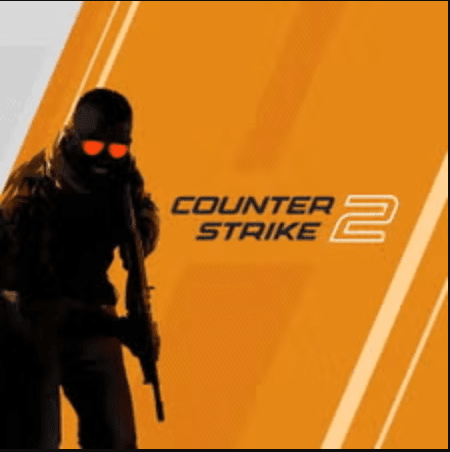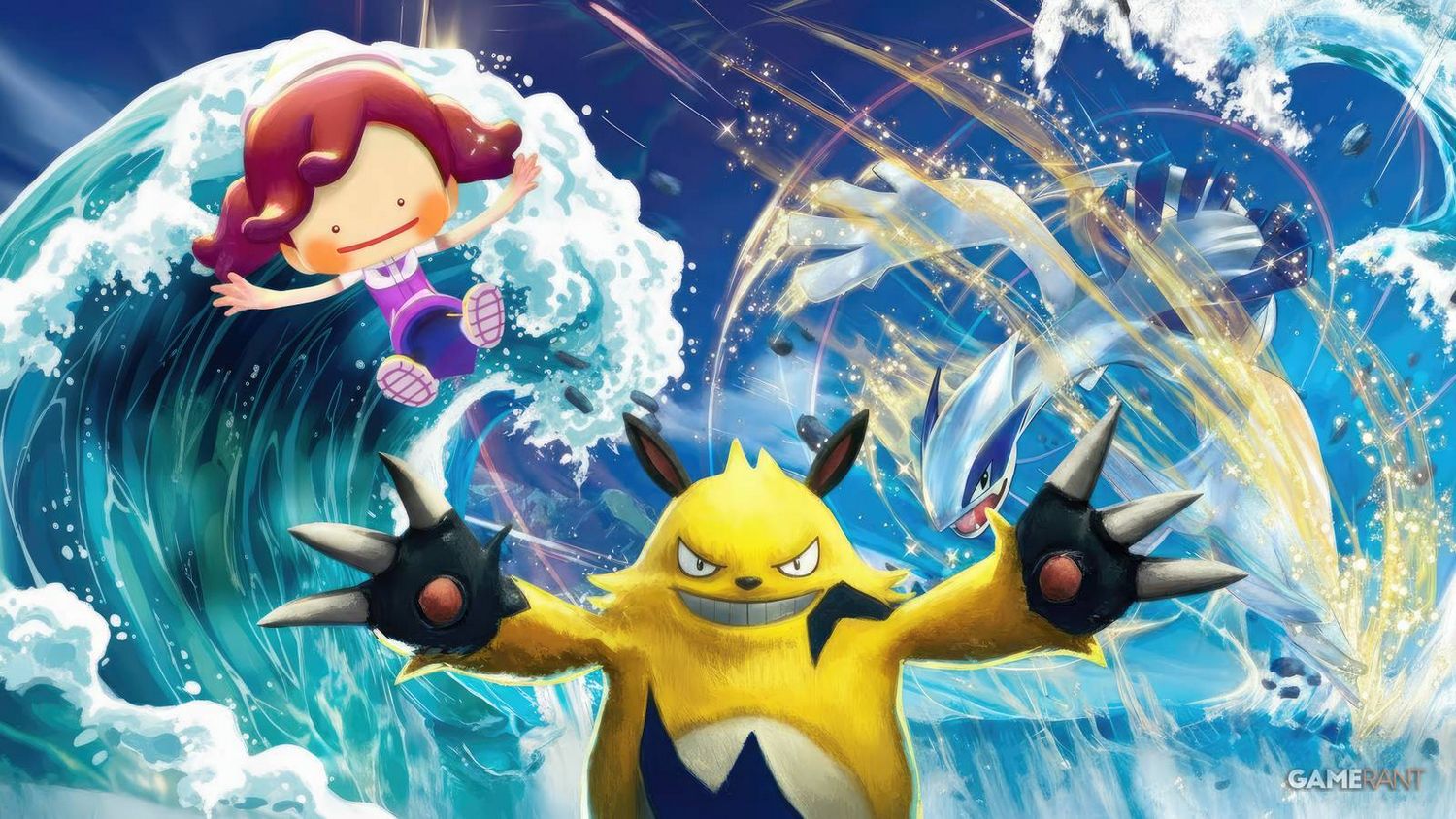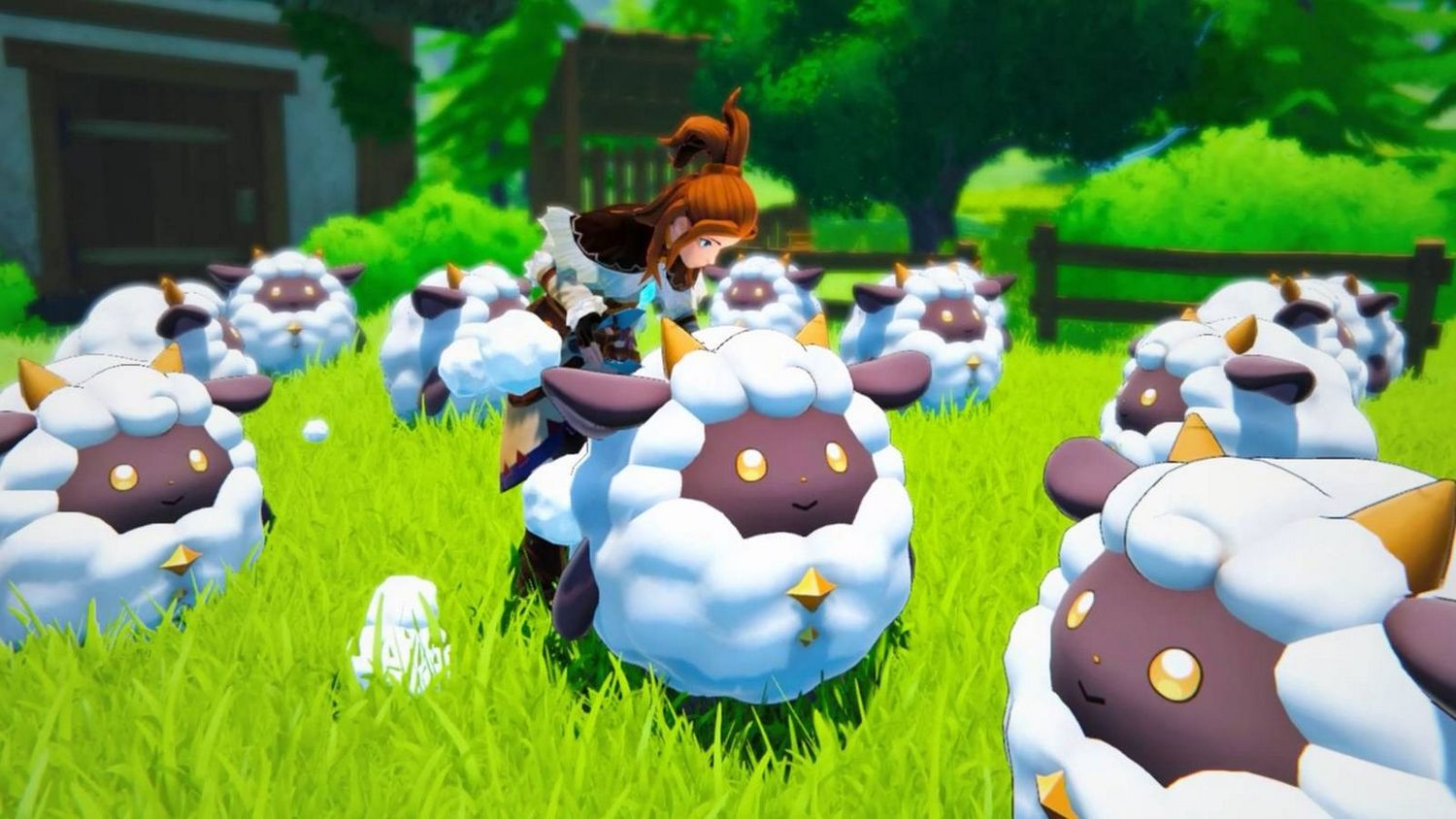Palworld’s Double-Edged Sword: Legal War and Content Polish Define 2026 Full Launch
Popular Now
 Poppy Playtime
Poppy Playtime
 Minecraft
Minecraft
 Fall Guys
Fall Guys
 Fortnite
Fortnite
 Counter-Strike 2
Counter-Strike 2
 PUBG Mobile
PUBG Mobile
 Garena Free Fire: Kalahari
Garena Free Fire: Kalahari
 Sonic the Hedgehog™ Classic
Sonic the Hedgehog™ Classic
 Genshin Impact
Genshin Impact
 Gacha Club
Gacha Club 
The 2026 Horizon: Palworld’s Simultaneous Battles for Legal Survival and Technical Excellence
The journey of Palworld, from a viral sensation in early access to a global gaming phenomenon, is entering its most critical phase. Developer Pocketpair has officially set a 2026 target for the full 1.0 release, an announcement that has galvanized its vast player base. However, this promising future is overshadowed by a war on two fundamental fronts: a high-stakes, ongoing legal challenge from gaming titan Nintendo and the internal necessity to eliminate the game’s notorious “jank” and technical debt. As the team pivots its focus from rapid content expansion to deep-seated technical refinement, the pressure is mounting for the final product to not only deliver a massive content update but also secure its mechanical and legal foundations against formidable opposition. The success of the 2026 launch will determine if Palworld can solidify its position as a top-tier survival-crafting MMO or if it will forever be defined by its controversies.
Front 1: Nintendo Patent Warfare – A Legal Minefield for Creature Collectors
The most persistent and existential threat to Palworld remains the patent infringement lawsuit filed by Nintendo and The Pokémon Company. Unlike the initial public outcry over alleged creature design similarities—claims Pocketpair has consistently and vehemently denied—the legal battle has shifted into the complex and often obscure realm of patent law. Nintendo’s strategy has involved securing and leveraging specific game mechanic patents, some of which were filed after Palworld’s early access debut, to challenge core functionality within Pocketpair’s game. This aggressive legal maneuvering is the first front in Palworld’s war.
- The Shifting Sands of Patent Claims: The litigation focuses on several technical aspects, notably systems related to monster capture and deployment and the mechanics of riding and traversing the world with Pals. Palworld’s legal defense, which has already prompted in-game changes—such as the modification of the “Pal Sphere” throwing animation and the gliding mechanic—is fighting to invalidate these patents by citing examples of similar mechanics in pre-existing titles, often referred to as “prior art.”
- The Impact on Development: While Pocketpair’s community director assures that development is not slowing down, the ongoing legal threat introduces an inherent instability. Future content additions, especially those involving new Pal mechanics or interaction systems, must now be meticulously vetted by legal counsel to avoid future infringement claims. This adds considerable overhead and potential delays, impacting the efficiency of the game development cycle.
- The Long-Term Industry Ramifications: Should Nintendo succeed, the consequences would extend far beyond Palworld. A victory could set a precedent, potentially allowing major publishers to patent abstract gameplay mechanics, effectively stifling innovation in the competitive monster-taming genre and creating a chilling effect for smaller indie developers looking to enter the market. The stakes, therefore, are for the entire industry, making this a pivotal video game lawsuit to follow.
Front 2: Internal Technical Refinement – The War on “Jank” and Polish
The second front is an internal battle against technical deficiencies. Despite its record-breaking sales and massive player count—which peaked in early 2025—Palworld’s early access experience has been consistently criticized for its bugs, performance issues, and what the developers themselves have candidly called “quirks and jank.” The pivot to a 2026 launch is a clear signal that Pocketpair is prioritizing a stable, polished product over further rapid content drops.
- The Focus on Core Systems: The development team is now dedicating significant resources to foundational improvements. This includes overhauling notorious issues like Pal pathing AI—a critical component in a game centered on base building and automation—along with server stability, network performance, and fixing deep-seated game-breaking exploits and bugs. This technical cleanup is essential to ensure a smooth, retention-focused experience for the official 1.0 launch.
- Community Perception and Retention: While initial sales were phenomenal, concurrent player numbers on platforms like Steam have stabilized at a lower but dedicated user base. The 2026 launch must be a triumphant re-engagement for lapsed players. Delivering a 1.0 version that feels like a premium, complete game—not just an early access title with more features—is crucial for maximizing player retention and long-term monetization. The promise of the highly anticipated World Tree endgame content, confirmed for 1.0, will only be worthwhile if the underlying game runs flawlessly.
- Strategic Development Shift: This focus on polish necessitates a strategic slowdown in major content updates throughout the latter half of 2025, a move that is transparently communicated to the community. This calculated risk prioritizes the quality of the final product, aiming for a “better game in the end” rather than a continuous, but potentially flawed, drip-feed of content. This decision is a major factor in the game’s roadmap for 2026.
The Massive 1.0 Content Payload: New Pals, Endgames, and the Race for Player Dollars
In addition to overcoming its dual challenges, the 1.0 release is slated to introduce a truly massive amount of content. This substantial injection of new gameplay is vital not only to justify the full launch but also to compete directly with other big 2026 game releases and solidify its commercial viability. The game’s success will be measured by its ability to convert its early access hype into a sustainable, ongoing revenue stream.
- Endgame and World Expansion: The long-rumored World Tree is confirmed to be a centerpiece of the 1.0 update, providing a long-awaited destination and likely a significant narrative conclusion to the current map’s lore. New areas, high-level Pals, and advanced crafting systems will be necessary to satisfy the veteran players who have already mastered the early access content.
- The New Competitive Landscape: The announcement of a cozy life-sim spin-off, Palfarm, and the continuous updates to the core game demonstrate a commitment to expanding the Palworld IP. However, it faces increasingly fierce competition in the open-world survival and creature-collector genres, including new and major franchise titles. Palworld’s unique selling proposition of “monsters with guns” and deep survival mechanics must be further developed and refined in 1.0 to maintain its competitive edge and attract new audiences seeking a high-quality multiplayer survival game.
- CPC Keywords and Monetization: The game’s long-term health depends on its ability to generate continued sales and potential future microtransactions or paid DLC. By focusing on content like the World Tree, advanced Pal breeding, and complex base defense mechanics, Pocketpair targets high CPC (Cost Per Click) terms like “best survival MMO 2026,” “Palworld 1.0 review,” and “open-world crafting game full release,” maximizing organic traffic and search visibility for a major commercial push.
Conclusion: A Pivotal Year for Pocketpair’s IP
The year 2026 marks the make-or-break moment for Palworld. Pocketpair’s determination to push for the 1.0 launch despite the high-profile legal threats is a statement of intent. They are fighting to prove, in court and in code, that their wildly successful title is a legitimate, innovative, and technically sound entry into the gaming landscape. The outcome of the Nintendo lawsuit, coupled with the demonstrable technical quality of the full release, will be the ultimate determinant of the Palworld IP’s future. The industry is watching—not just to see if the creature-collecting giant can be challenged, but to see if a technical whirlwind can be tamed into a truly next-generation gaming experience.











